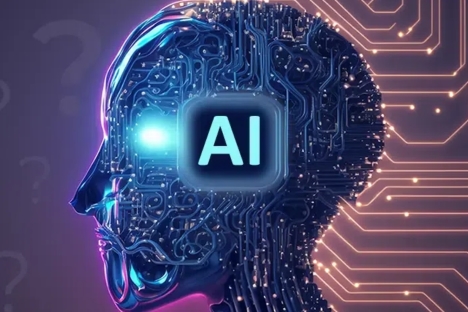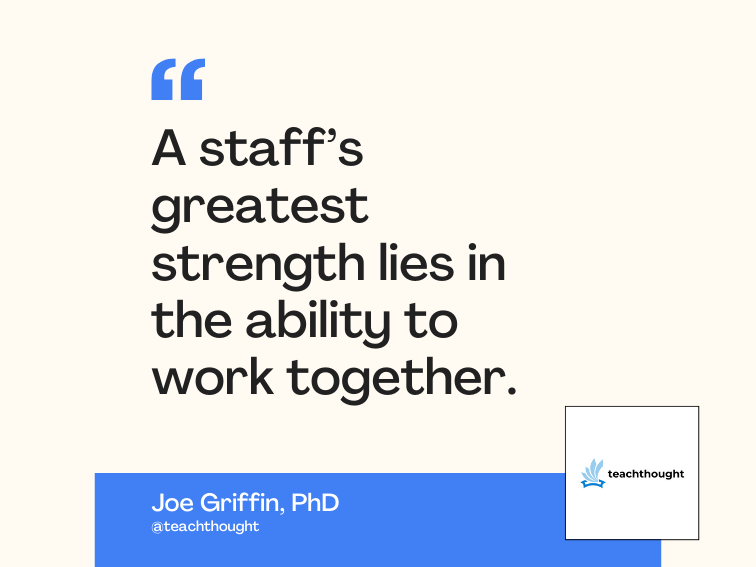Java Product News (December 8, 2000)
INDEXHEAD: Sun launches Java TV technology for digital television
Sun Microsystems is now shipping its Java TV technology, which introduces the Java platform to the digital television market. Java TV technology was created via the Java Community Process with support from digital television companies, including LG Electronics, Motorola, Hong Kong Telecom, Matsushita Electric Industrial, Philips, OpenTV, Samsung, PowerTV, Sony, and Toshiba. The technology facilitates interactive television offerings, complies with emerging digital TV standards, and provides developers with a platform for creating interactive TV content. Other interactive implementations of the technology could include: TV auctions, online voting and polling, game show participation, and improved communications (online chatting, email, and instant messaging).
The Java TV technology ships with a reference implementation, a test suite, and a final specification.
INDEXHEAD: Empower Interactive provides a gateway to WAP
Empower Interactive Group has released to the open source community its Java-based Empowered WAP Gateway. The WAP Gateway, which can handle high-volume WAP services, allows users to supply services over WAP-enabled devices. Features of the Empowered WAP Gateway include:
- SSL security layer that provides end-to-end encryption
- Support for UDP, CSD, and SMS
- WAP 1.1 stack compliance
- Support for WTLS Security Layer
- Full event logging
- Support for Web-based management interface
- Ability to connect to HTTP 1.0 or 1.1 host
INDEXHEAD: Shana updates e-forms management application
Shana has unveiled Informed 3, an integrated e-forms management offering that helps organizations coordinate e-forms in the e-business environment. Informed 3 updates the software elements of the Informed E-Forms Portal solution and offers users improved security as well as better XML integration. Other features include:
- Integration with FileNET’s Panagon 2000, including XML-based templates and data documents
- Enhanced support for Entrust, specifically the Entrust Java Toolkit 5.0
- XML compliance with the W3C’s XForms standard
- Ability to support XML-formatted documents via the Save As, Open, Import, Export, and Send commands
- Secure Internet transactions via HTTPS
- Enhanced user interface
Informed 3 contains the following applications: Informed Deployment Server, Informed Designer, Informed Filler for Java, and Informed Filler for the desktop. Pricing for the package varies based on a customer’s needs and system configuration.
INDEXHEAD: ANT debuts Fresco embedded browser for Java
The Fresco embedded browser offers OEMs a small footprint and customizable environment because it relies on the Java Native Interface (JNI) to communicate with Java-based Internet devices. Fresco, developed by ANT Limited, is written in C and relies on a three-tiered architecture: the ANT Portability Environment (APE); the core standards-compatible browser code; and a graphical frontend. That version of Fresco revises APE to interact with Java platforms via JNI, which allows systems with a compatible Java VM and a C compiler to operate the Fresco browser without porting any browser code. The platform-independent browser allows any application written in Java to rely on Fresco as a native class for portraying HTML content.
INDEXHEAD: eIntegration speeds the transport of integrated XML and HTML data
Taviz Technology has introduced eIntegration Suite 2.0, an application that facilitates the delivery of integrated XML and HTML data to end users by utilizing Supply Chain Management, CRM, and e-commerce applications. The eIntegration Suite contains the Integration Studio, the Integration Console, the Taviz Intelligent Adapters, and the Integration Server. The Integration Studio component helps organizations create reusable rule-driven business templates with integration capabilities. The Taviz Intelligent Adapters help organizations integrate different technologies with current packaged applications by supplying consistent interfaces. Other new features of eIntegration Suite 2.0 include:
- XSLT-driven hierarchical template and load editors that allow users to translate to and from XML formats
- Ability to read content or data from HTML pages, translate it, and transmit it to supported formats
- Realtime integration with the Integration Server
- Ability to coordinate and monitor integrations with Java-based Integration Console
The eIntegration Suite 2.0 operates on Unix and Windows NT/2000 platforms.
INDEXHEAD: Innovision adds OFX functionality to Financial Webtop
Innovision Corp. has introduced Innovision Financial Webtop 2.0, a Web-based interface for wireless devices and financial applications that now offers OFX functionality for wireless PDAs, including WAP-enabled phones. The OFX protocol allows Innovision users to supply wireless customers with realtime financial information without extra software. Financial organizations that rely on Innovision’s Java-based server and Webtop technologies can connect to users via a variety of devices such as the Palm handheld computer, Sprint PCS Internet-ready phones, and Verizon mobile Web phones. Users can then check account summaries, review account balances, and pay bills using their wireless devices.
Innovision Financial Webtop 2.0 will be ready for licensing in late December 2000.
INDEXHEAD: ALT Consulting integrates Java and WAP technologies
ALT Consulting has released
- Java language for both WTA and WML
- Visual WML composition editor
- Advanced visualization abilities
- Integrated object-oriented user interface
The Web SDK costs 00.
INDEXHEAD: Sitraka Software enhances DeployDirector 1.3
DeployDirector helps organizations deploy Java applications and updates via the Internet. Released by Sitraka Software, DeployDirector 1.3 now offers French and German support, which provides users with localized solutions to help them deploy Java applications. Along with the upgrade, Sitraka has also announced a new pricing model that relies on the number of applications being distributed rather than the number of seats to which the applications are being distributed. Although a customer’s number of users may expand, the costs associated with deploying an application remain the same.
INDEXHEAD: Expresso Framework brews J2EE
Jcorporate has added J2EE support to its Expresso Framework 2.12 open source application framework. Version 2.12 offers users reusable, standards-based software elements that can create component-based solutions for Web applications. The Expresso Framework can be used in non-EJB and non-J2EE sites, yet it can now work with larger sites that rely on J2EE technology. Expresso 2.12 has been improved so that it can be implemented in a variety of Web-application situations, including those contained within another Web application. Version 2.12 is packaged as a .war file archive, which facilitates deployment on J2EE servers. Expresso 2.12 is designed to integrate with the updated Express J2EE offering that Jcorporate will soon release. When paired with the Express J2EE solution, Version 2.12 will capitalize on the abilities of a J2EE or EJB server.
INDEXHEAD: Let the wireless games begin!
Sega has agreed to create games for some of Motorola’s next-generation multiple communication phones that offer mobile computing abilities. The arrangement provides users with different Sega games that can play on Motorola’s new application-upgradeable handsets. The handsets will be available during the first half of 2001 via iDEN network operators. The phones’ graphical features and high-resolution display are expected to improve the gaming encounter. Based on the Motorola/Sega agreement, the first shipment of these phones will include one preinstalled Sega game, the Borkov puzzle game. Users will be able to download more games via the Internet.
INDEXHEAD: Surpac blends Tech Soft’s HOOPS/3DAF with Java-based Surpac Vision
Surpac Software International has incorporated Tech Soft America’s HOOPS 3D Application Framework (HOOPS/3DAF) into its Java-based Surpac Vision client/server visualization application. HOOPS/3DAF helps developers create collaborative and visualization applications for Unix, Windows, Linux, or the Internet. It relies on Java extensions and an array of HOOPS Internet Tools to develop client/server Web-based applications with 2-D and 3-D graphics. Surpac Vision is a client/server-based visualization application that offers users an Internet-enabled visualization client. Surpac Vision relies on Java Swing elements for its Windows-like user interface and the HOOPS 3-D Graphics System for visualization. Surpac Vision performs its data processing on the server and HOOPS will supply 3-D graphics on local machines.




